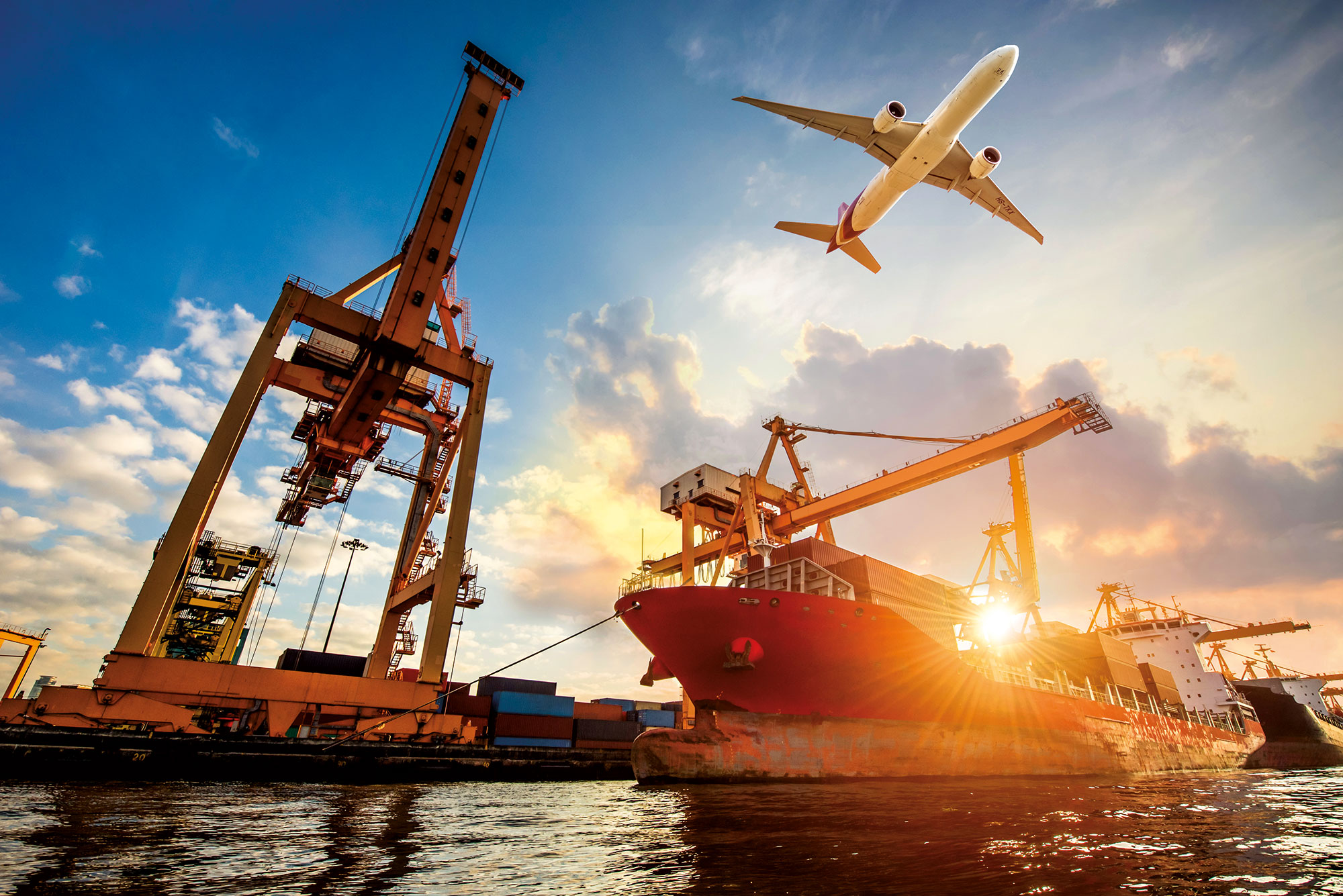[vc_row][vc_column width=”1/2″][vc_column_text]
Comprehensive and Progressive Agreement for Trans-Pacific Partnership
Signatories (light green), parties (dark green) and applicants (orange) to the Comprehensive and Progressive Agreement for Trans-Pacific Partnership (CPTPP)
Thor Heyerdahl once said that progress was "man’s ability to complicate simplicity". This thought may have occurred to the Norwegian adventurer as he drifted on a balsawood raft in the middle of the Pacific Ocean in 1947. The leader of the Kon-Tiki expedition was aiming to prove that ancient people from South America could have colonised the islands of Polynesia thousands of years ago. Today, without the aid of a flimsy raft, many of the nations which fringe an ocean covering a third of the earth's surface are hoping that progress towards their goal of economic co-operation will prove to be plain sailing. The Comprehensive and Progressive Agreement for Trans-Pacific Partnership (CPTPP) is a trade agreement, also known as TPP II, signed in 2017 by 11 countries: Australian, Brunei, Canada, Chile, Japan, Malaysia, Mexico, New Zealand, Peru, Singapore and Vietnam. It should have included the USA, which has a Pacific coastline stretching 1,293 miles – but one of Donald Trump’s first actions upon becoming President in 2016 (indeed, on his very first day in office) was to withdraw the USA from the Trans-Pacific Partnership (TPP), the agreement’s original name. His predecessor, Barack Obama was a keen supporter of the TPP pact, believing it would encourage economic growth and advance the USA’s interests in the Asia-Pacific region. Trump, however, saw the agreement as a threat to American jobs, industry and security. The idea of a pan-Pacific trade pact was born in 2005, and was supported by the then US President, George W. Bush. It was recognised that countries would have to agree to reform their economies and lower barriers to trade, particularly Japan where tariffs are the norm, but progress towards a concord looked promising. President Trump's failure to ratify the original TPP agreement meant the remaining countries had to go back to the drawing board. The main aims of the re-shaped agreement, the CPTPP, are similar to the original in most respects, including: removal or reduction of trade barriers, liberalisation of cross-border services trade, implementation of common rules on investment, common rules on digital commerce, copyright protection, improvement of workers’ rights, and environmental protection.
What trade deals are there with other countries and economic unions?
None
[/vc_column_text][/vc_column][vc_column width=”1/2″][vc_column_text]Member Countries
Country | Population (2018) | GDP Growth (2021, %) | Date Joined |
|---|---|---|---|
24,772,247 | 1.4752 | 30/12/2018 | |
434,076 | -1.6055 | 30/12/2018 | |
36,953,765 | 4.5629 | 30/12/2018 | |
18,197,209 | 11.6682 | 30/12/2018 | |
127,185,332 | 1.6208 | 30/12/2018 | |
32,042,458 | 3.1326 | 30/12/2018 | |
130,759,074 | 4.7972 | 30/12/2018 | |
4,749,598 | 4.6468 | 30/12/2018 | |
32,551,815 | 13.3495 | 30/12/2018 | |
5,791,901 | 7.6140 | 30/12/2018 | |
96,491,146 | 2.5889 | 30/12/2018 |
Lord Waverley: First In, Best Dressed — UK’s Bid to Join Key Regional Trade Agreement
Loading, Please Wait!
This may take a second or two.

















































































